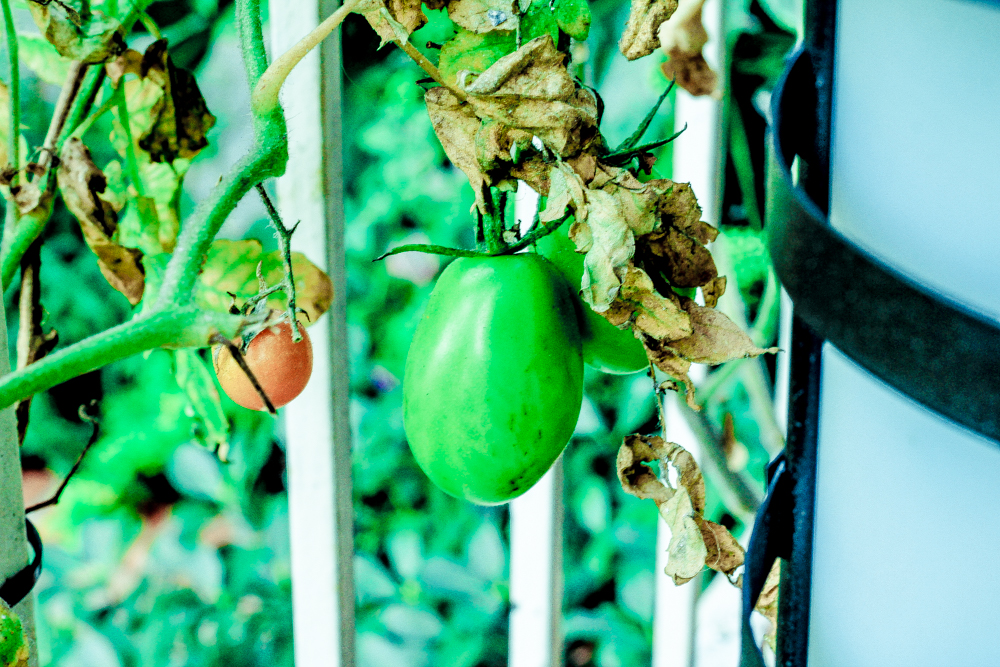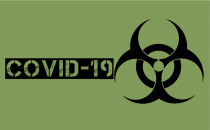
You have to give a lot of respect to people who practice foraging. It’s definitely one of the most underrated skills in the modern world, and it’s also quite difficult to learn. If you want to eat plants that are found in the wild, you must have an encyclopedic knowledge of wild plants, both where you live and abroad. And not just because there are thousands of plants in the world that are poisonous, but also because many of them look a lot like edible plants.
For most people however, it can be difficult to justify learning this skill. We live in an era that provides an abundance of cheap food (relative to previous eras of course). If you want to learn how to safely forage for food in the wild, you have to spend a lot of time and energy on a skill that may not ever come in handy for you.
 But if you want to better your odds of surviving in the wilderness, and you don’t have time to gain such an impressive skill, there is a shortcut you can learn. Like most things in life that take less effort, it’s not as comprehensive or effective, but it’s a lot better than nothing. It’s called the Universal Edibility Test, and it’s a method of safely testing wild plants that you’re not familiar with to see if you can actually eat them. Here’s how it works:
But if you want to better your odds of surviving in the wilderness, and you don’t have time to gain such an impressive skill, there is a shortcut you can learn. Like most things in life that take less effort, it’s not as comprehensive or effective, but it’s a lot better than nothing. It’s called the Universal Edibility Test, and it’s a method of safely testing wild plants that you’re not familiar with to see if you can actually eat them. Here’s how it works:
- Say you find a tasty looking plant in the wilderness. To see if it’s safe, the first thing you need to do is separate its parts, such as stems, leaves, flowers, buds, and roots. That’s because in many cases, only certain parts of a plant are poisonous.
- Next you need to take one of those parts and smell it. Certain plants have evolved to avoid being consumed, and they often have a terrible smell. So if it smells something awful, throw it out.
- But if it passes the smell test, the next thing you need to do is rub or place the plant on your skin, preferably on your inner elbow or wrist. Keep it there for a few minutes, then wait eight hours. If that spot starts to feel itchy, numb, or develops a rash, then clearly that plant doesn’t want to be eaten.
- If the plant passes that test, then the next thing you need to do is cook it if you can, since that often neutralizes poisons. Then you need to rub it on your lips for about three minutes. If you don’t encounter any kind of burning or tingling sensation after 15 minutes, then you can move on to the next step.
- Now you need to put the plant in your mouth. However, don’t swallow just yet. Just let the plant material rest on your tongue for 15 minutes. If the plant tastes bitter, or just gag-worthy in general; or if you experience burning or tingling in your mouth, then it’s probably not safe to eat. If it passes this test, then try swishing it around in your mouth for 15 minutes and look for the same signs. If you do experience any of these negative reactions, then not only should you spit the plant out, but you should also clean your mouth out with water.
- Finally, if you don’t receive any negative reactions from that previous step, then you can swallow the plant. Wait till the next day, and don’t eat anything else while you’re waiting. If you’re still feeling alright after that, then you can be reasonably sure that the plant is safe to eat. You can repeat this process for the other parts of the plant.
Now you can try eating a more substantial amount of the plant. If you still feel fine after another eight hours or so, then it’s definitely safe to eat.
Given the time-consuming nature of this test, you’ll want to try this out first on plants that are more abundant in your environment. It’s also important to note that there are certain things that are not worth your time with this test. Most notably, mushrooms usually can’t be tested with this method, so don’t even bother with them unless you’re well versed in spotting edible mushrooms.
Obviously the Universal Edibility Test isn’t perfect, and conducting it in the wild is going to use up a lot of precious time. Nothing beats having actual skills, and genuinely learning how to forage for wild plants. But if you don’t know what is and isn’t edible in your environment and you’re in a survival situation, then this is the absolute best way to find edible food in the wild.
Joshua Krause was born and raised in the Bay Area. He is a writer and researcher focused on principles of self-sufficiency and liberty at Ready Nutrition. You can follow Joshua’s work at our Facebook page or on his personal Twitter.
Joshua’s website is Strange Danger
This information has been made available by Ready Nutrition








